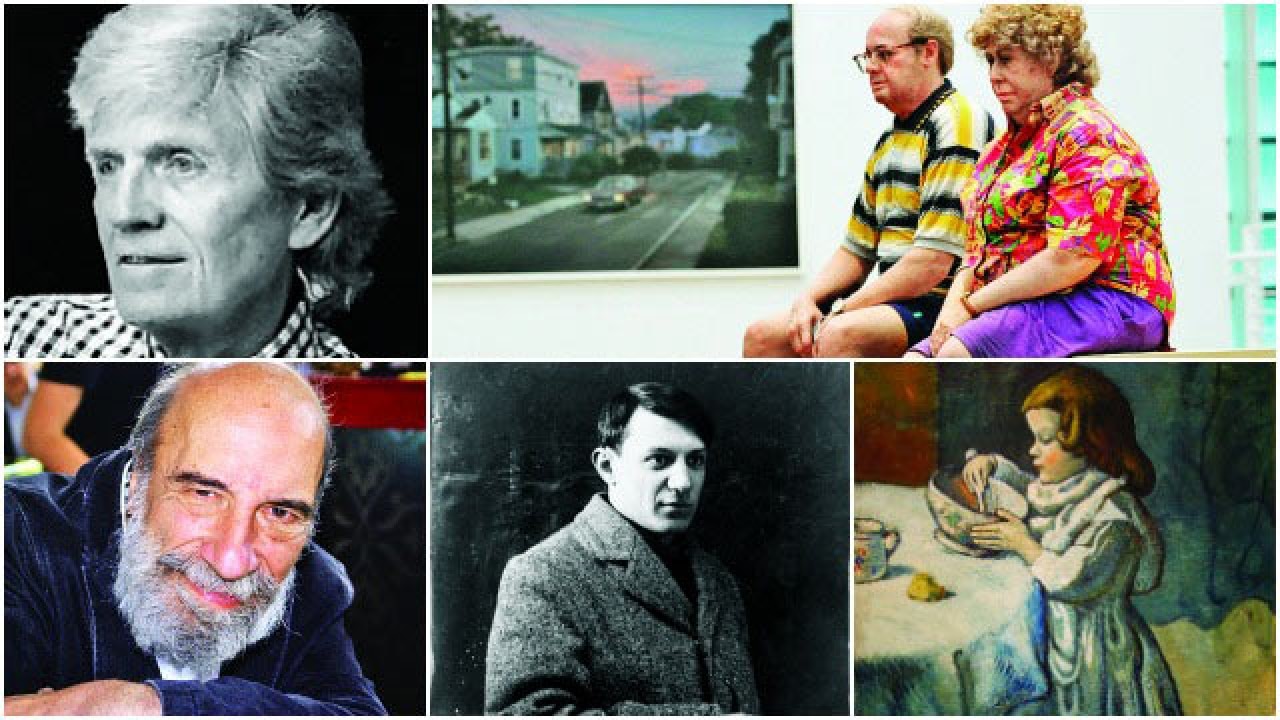
As a student of art I have found that the culture of the world is not stagnant; neither is it eternal. It is a force that succumbs to perpetual changes in the motions of society, a force that adapts in terms of the context it is in.
Simultaneously, however, it is also a force that challenges contexts to devise its own.
Art bears an inexplicable resonance reaching into the crevices of thought. Art is not simply an actualisation of expression, emotions and desires but also an unobstructed channel to communicate the experiences one has and the principles one holds. As an unsung form of expression, it aims to communicate the concepts that cannot be authentically written in words alone.
With the development of technology and society, art has evolved from concrete imagery to blur the lines between form and structure.
As photography dominated the sociocultural sphere of 19th century, it rendered the awe of realism redundant. From the foundation of a movement that moulded the nuanced into the melodramatically, blossomed impressionism. The magnetic powers of Monet and Renoir distorted realism into immediate impressions – the perception of light and shadow.
Picasso propelled the gears of artistic revolution a step further. As the industrial revolution opened doors to modernity, he broke apart the forms and shapes of the physical into a dissected comment about the metaphysical such that the subject of art soon become steeped with a multi- tiered web of meaning.
‘The Slab Man’ by Duane Hanson, for instance, crafts a rigid dichotomy with the sculpture of the regular human form stranded between a series of captivating visual narratives. If one were to not pay more than a side-ward glance the rendition would appear as a real human being; it is only after a careful look that one can differentiate it as art — metaphorically mirrors society’s ignorance towards its own beauty. His contention also plays well into this wider theme as it emphasises that the repeatedly disregarded human form is, in itself, an extraordinary piece of art.
It is, however, truly Raul Zurita’s ‘Sea of Pain’ that epitomizes the transformation of art in wake of human experience. The appeal of his work stems not from the enrapturing illusion of sea in the limitations of brick and mortar but from the knowledge that its impression reaches to all senses. Commenting on the horrors of refugee crises he sought to impress the experience of being washed ashore in an installation. He demonstrated that powers of art leak beyond the restrictions of pen and paper, that the beauty in its nature is to express what cannot be seen or heard, but felt.
The plasticity of artistic movements, spurs the question of whether structure and form are truly needed as vehicles of art.
Dipti Bhondre, a Mumbai-based interdisciplinary artist with patented art styles, argues that “A reference such as “formless” is used typically in creation of abstract paintings wherein the form or shape as we know it, recognise it or are familiar with, is broken down in the minds eye of an artist. Eventually art is mean to be an experience. The definitions of “form” and “structure” may be in constant state of change, and shifts an intellectual dialogue. But it is fallacious to imagine that any creative process, be it painting, music, dance or literature (all of which need a tangible outcome) can be devoid of it.”
In terms of the changing world, transformation in art become, therefore, inevitable. However, with the cusp of artistic element ambiguous, the extent with which such transformations take form is indefinite.
(The author is a Class 10 student of Oberoi International School, Mumbai, who has found the importance of rhetoric, prose and information in countering social injustice).